Steam locomotives of World War II
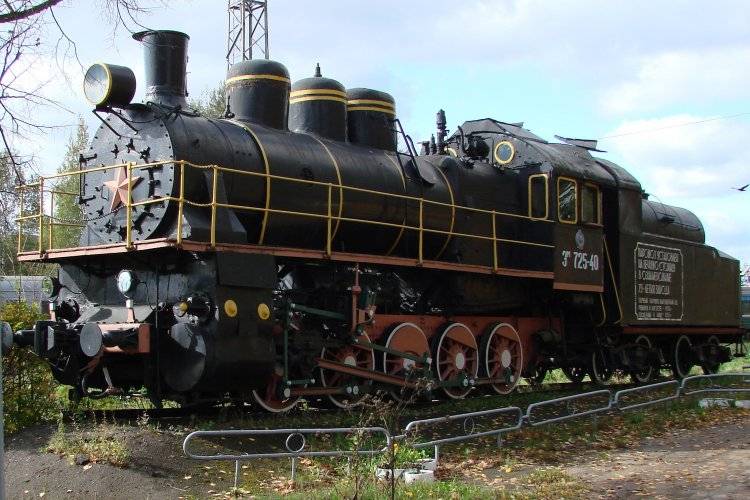
More recently, a dispute broke out on the pages of VO. In the 1520 cycle, the topic of the possibility of using locomotive traction in modern realities was raised.
Well, if the end of the world (and in the truest sense of the word), and all diesel fuel tanks given away?
No consensus was found, but the topic of locomotives was raised.
Someone saw them only in pictures, someone who is older, they still managed to douse them with clouds of smoke.
I, as the son of a machinist, who, by the way, had the "crust" of driving a steam locomotive, in case of that very war, was even lucky to visit the booth. Touch the levers and the stopcock.
It is now that railway lines are divided into electrified (sometimes direct and alternating current) and non-electrified (diesels and diesel locomotives run there). And eighty years ago, all the difference was only in the gauge and load capacity of the rails. And the same steam locomotives ran along them. Almost only them.
So what are steam locomotives?
As now: passenger, freight, shunting and industrial.
"Eshka"
The hero of my today's story is a commodity (freight) steam locomotive of the "E" series. "Eshka", as the machinists often called him.
This locomotive is unique in its own way.
It is both a "long-liver", and the most massive, and some of its other parameters deserve attention.
Its ancestry "Eshka" goes back to 1909, when, based on foreign experience in operating steam locomotives of the 0–5–0 series, a project was issued to the Lugansk Locomotive Plant to create such a locomotive.
A small digression about the "zeroes and numbers" in the above formula. This is the axial formula.
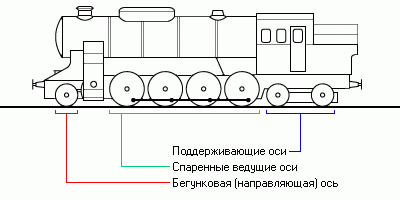
In other countries there are other designations, we have this.
As my father explained to me, as a boy, the most important thing is the big wheels. They move the whole squad. The rest, small ones, direct the movement in front, and distribute the weight in the back. If they are not present, then “zero” is put in the formula.
Before "Eshka", the steam locomotive "Shch" with the formula 1–4–0 was distributed.
The design of the locomotive was not very cost-effective, and the designers decided to increase the number of axles.
By the way, the chief designer of the previous model, N. L. Shchukin, fought for his creation as best he could and managed to delay the start of construction of the E series for three years.
The first "Eshki" were born in 1912. But they were produced right up to ... 1957 inclusive! True, they were not produced without interruptions, but this brought its own flavor to them. history.
As a legacy from tsarist Russia, the Soviet Union inherited a motley park (both in type and condition) of locomotive equipment and ... devastation. Not only the one in my head. In order to rebuild a new, young country, it was necessary to bring it out of transport paralysis.
The condition of the locomotive factories was deplorable, and therefore in 1920 a special commission concluded an agreement with Germany and Sweden for the construction of 700 and 500 machines, respectively!
The deadlines were tight, but by connecting subcontractors and even creating a new plant in Sweden, the suppliers managed.
The letters on the cabs "Eg" and Esch (Germany and Sweden) eloquently spoke about the foreign origin of the locomotives.
Steam locomotives were delivered to Soviet Russia both by rail and by sea. Why were special steamships created in Sweden? In specialized literature, a high culture of production of foreign technology is noted.
Already in the thirties of the XX century, our industry began to produce more powerful, heavy and high-speed locomotives, but also continued to modernize the Eshka.
The model was successful - unpretentious, multifunctional, "omnivorous".
So the sub-series "Em" and "Er" appeared.
If you do not go into technical details, then the steam locomotives of these series have become more technologically advanced in production (electric welding has begun to be used) and more profitable in operation and maintenance.
Special Reserve
It was these machines that met the beginning of the Great Patriotic War.
Some of the locomotives were captured by the enemy, some were destroyed by the enemy or their own troops during the retreat, but the bulk (unfortunately, I did not find exact numbers) were able to go to the rear.
The realities of the war showed the futility of high-speed and record-breaking steam locomotives with big names, but simple hard workers like "E" and "O" came to the fore (more on that next time).
It was from "Eshek" that the columns of locomotives of a special reserve.
No, these are not locomotives lined up one after the other.
These are separate subdivisions, consisting of 15–30 locomotives of the same type “E” (to make repairs easier), equipped with two teams of drivers per machine, as well as repair and storage cars, headquarters, residential heating houses, and a bathhouse. Crews of repairmen and service personnel. The maximum staff reached five thousand people. Everything for the possibility of working away from the depot.
And all this with strict, almost military discipline.
During the war years, 292 steam locomotives were completed / built. The bulk - "E" and such hybrids, when "E" was taken as the basis, and the boiler and tender were from "So".
It was the steam locomotive of the "E" series that carried the captured Field Marshal Paulus and officers of his headquarters to the rear of the Soviet Union.
The same locomotives, decorated with spruce garlands and banners, brought demobilized victorious soldiers to railway stations and stations in 1945.
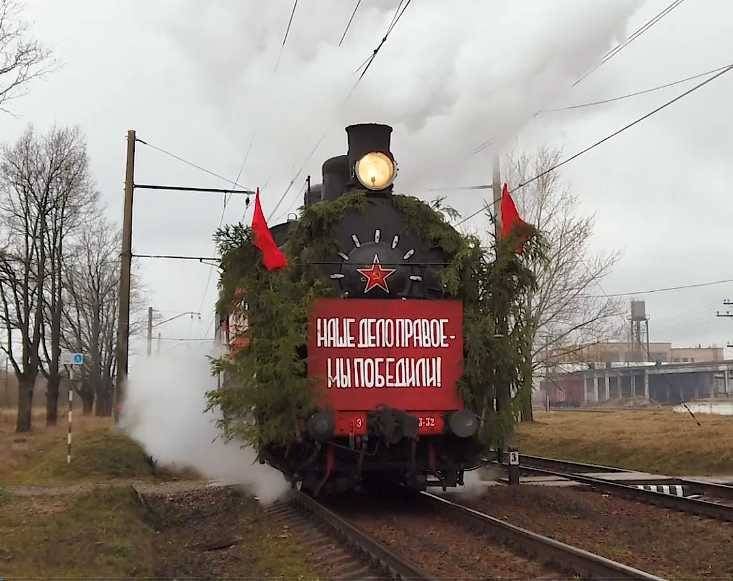
But the story of "Eshka" did not end there!
Back in January 1945, Romania undertook to supply the Soviet Union with rolling stock worth 48 million dollars as part of reparations. This includes 300 steam locomotives of the "E" series, which was done in the period from 1946 to 1954.
Then the Hungarians began to build for the production of reparations (and later on the state order). They did this until 1956.
Next is Czechoslovakia. From 1949 to 1952, 360 locomotives were produced there.
The Poles built about 2 locomotives for the USSR. The first of them carried the inscription on the tender "Gift to Comrade Stalin from the Polish workers in honor of the 70th anniversary".
I specifically do not want to bother readers by listing the tactical and technical characteristics of the E-series steam locomotive, the difference between sub-series and narrow technical nuances.
All this can be found on the Internet, but few people will be useful, and even fewer people will remember it.
Probably the most important of the figures about these locomotives is their total output: at least 10 units. And the fact that almost a hundred (I counted 853) of them became monuments throughout the former Soviet Union!
- Igor Maleev
- en.wikipedia.org periskop.su pro-parovoz.ru
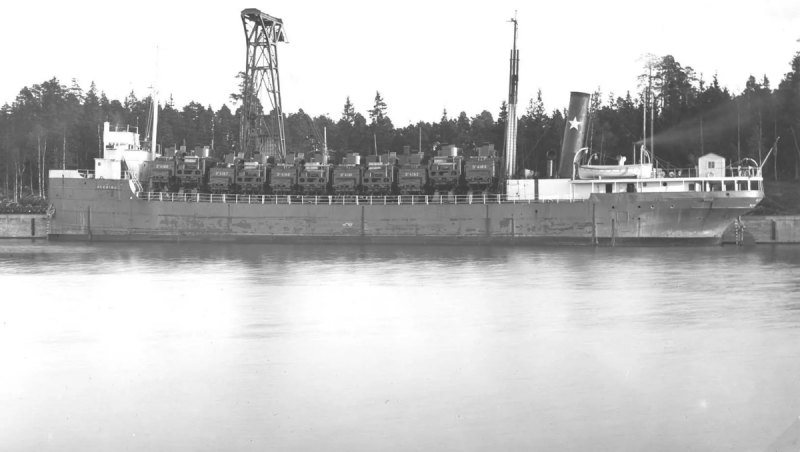
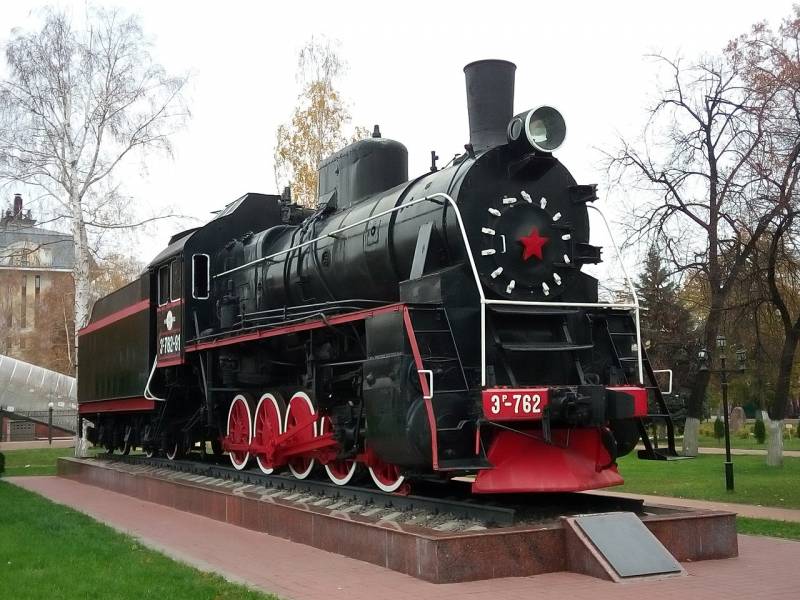
Information